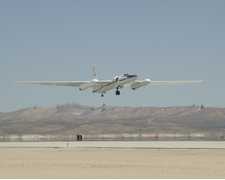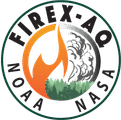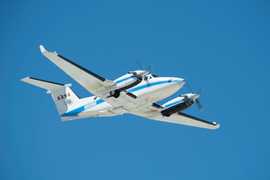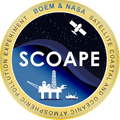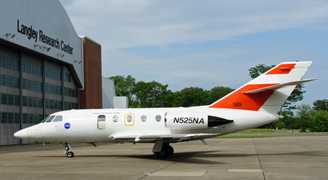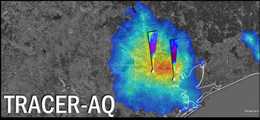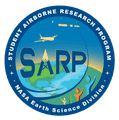Instrument
GCAS
GEOstationary Coastal and Air Pollution Events (GEO-CAPE) Airborne Simulator
GEOstationary Coastal and Air Pollution Events (GEO-CAPE) Airborne Simulator (GCAS) is an airborne push-broom instrument with two spectrometers. It was developed by the Radiometric Calibration and Flight Development Laboratory at Goddard Space Flight Center (GSFC) as a simulator for the GEO-CAPE mission. The first spectrometer in GCAS operates in the ultraviolet to visible (300-490 nm) range for air quality observations of nitrogen dioxide (NO2), ozone (O3), formaldehyde (HCHO), and other trace gases. The second spectrometer operates in the visible to near-infrared (480-900 nm) range to provide measurements of ocean color. GCAS has a typical spatial resolution of 250m across track and 500m along track at an altitude of 9 km, with a frame rate of 12 Hz.

Instrument Details
- Spectrometer/Radiometer
- Earth Science > Atmosphere > Atmospheric Chemistry > Nitrogen Compounds > Nitrogen DioxideEarth Science > Atmosphere > Atmospheric Chemistry > Trace Gases/trace SpeciesEarth Science > Atmosphere > AerosolsEarth Science > Atmosphere > Atmospheric Chemistry > Oxygen Compounds > OzoneEarth Science > Atmosphere > Atmospheric ChemistryEarth Science > Atmosphere > Atmospheric Chemistry > Carbon And Hydrocarbon Compounds > FormaldehydeEarth Science > Oceans > Ocean Optics > Ocean Color
- Boundary Layer, Troposphere
- 12 Hz
- 250m, 500m
- 612-1000 THz, 333-626 THz
- https://doi.org/10.1117/12.2062058
Scott Janz
Matthew G. Kowalewski
GSFC Radiometric Calibration and Flight Development Laboratory
NASA
Filter data products from this instrument by specific campaigns, platforms, or formats.
